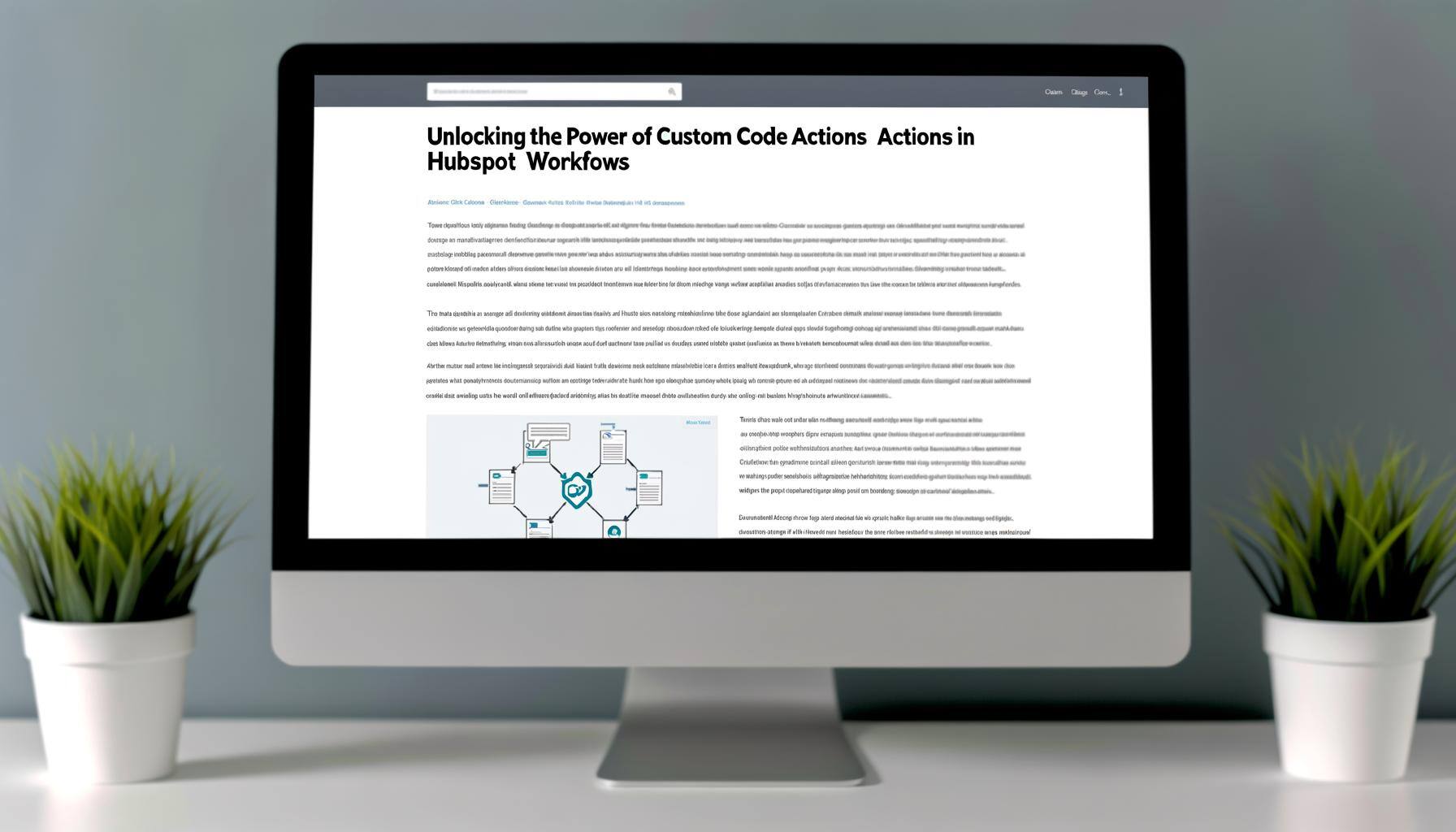HubSpot's custom code actions helps users to embed JavaScript code within workflows, enabling advanced automation and integration capabilities. This blog will delve into the setup, use cases, and best practices for utilizing custom code actions in HubSpot workflows.


